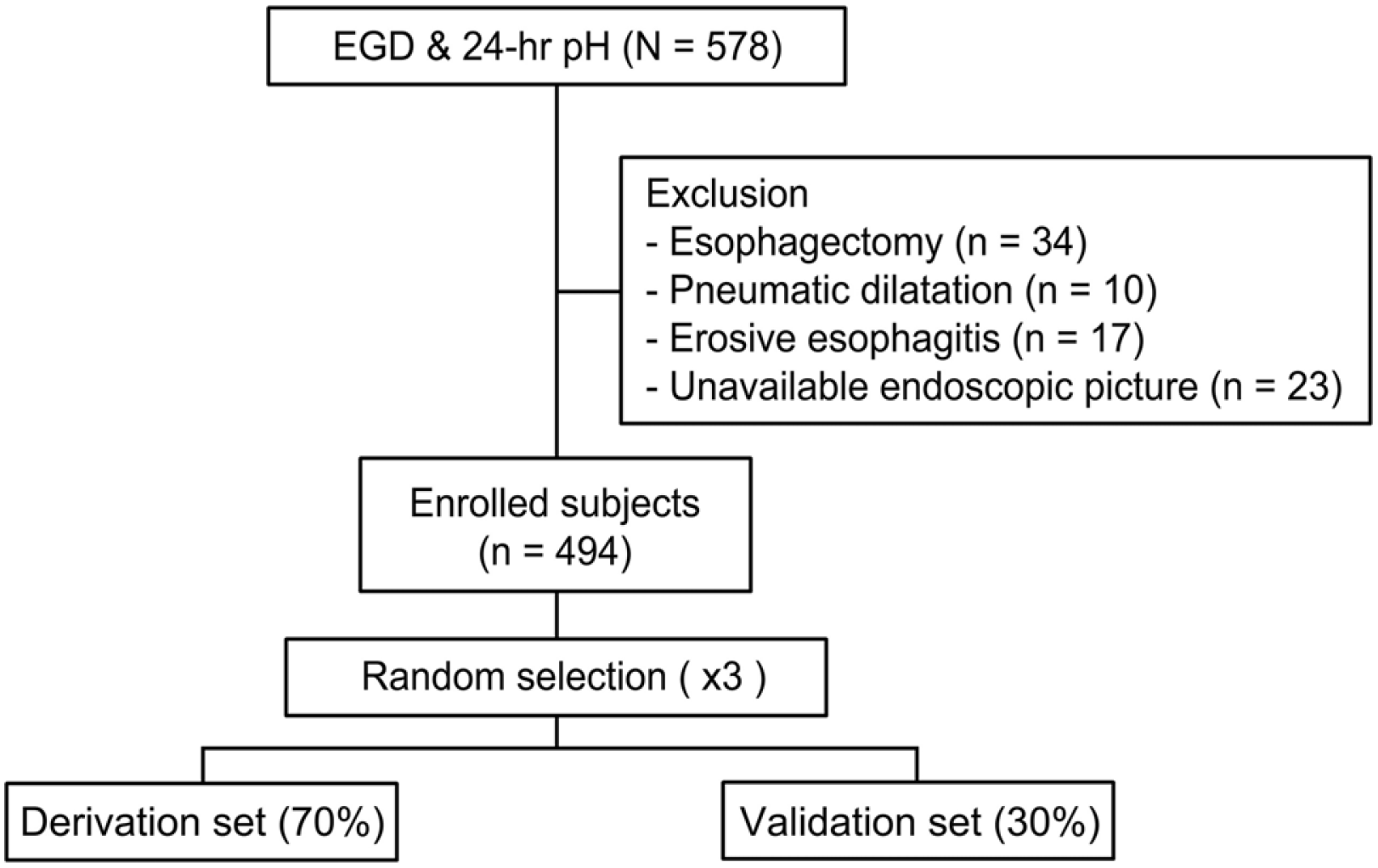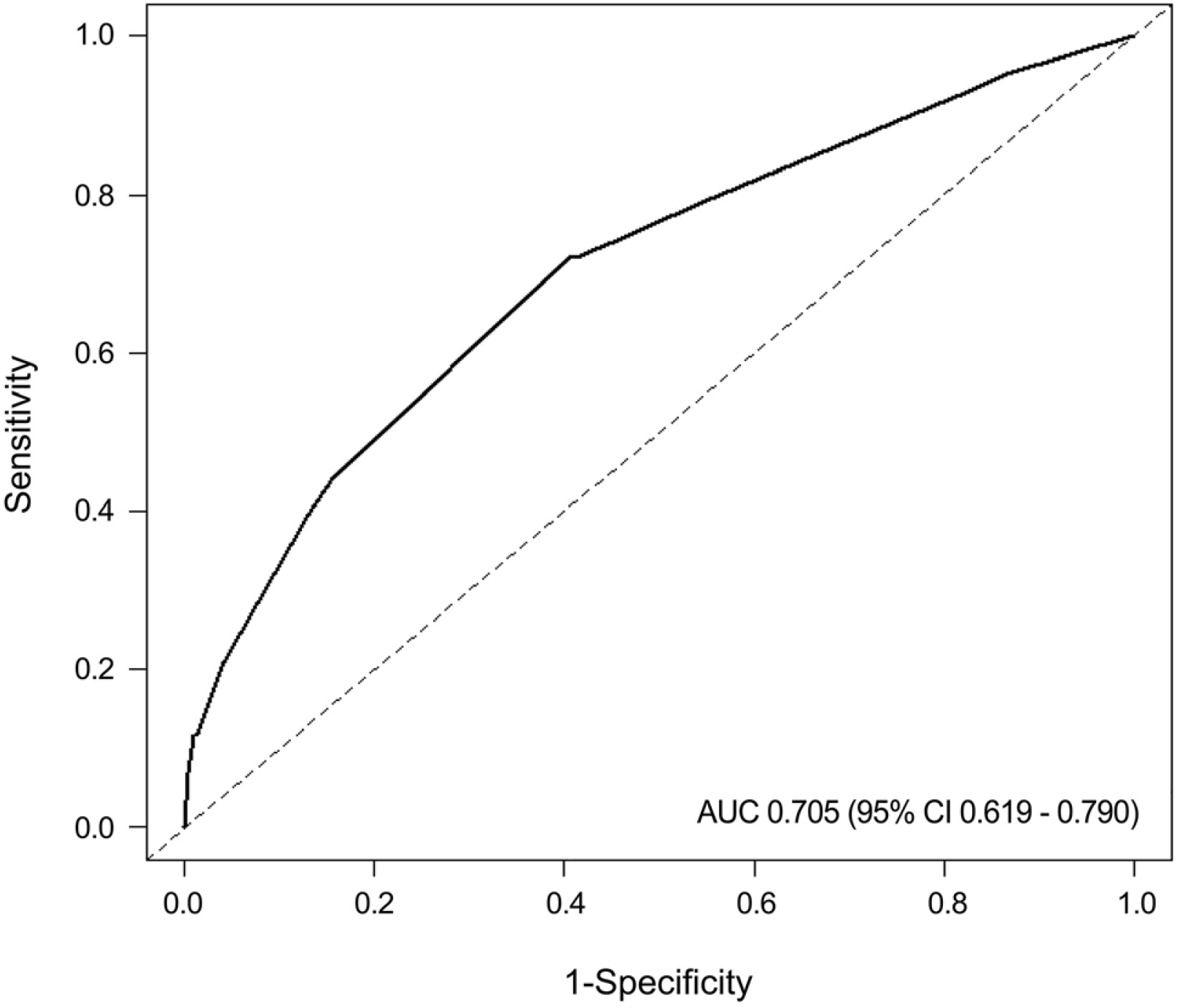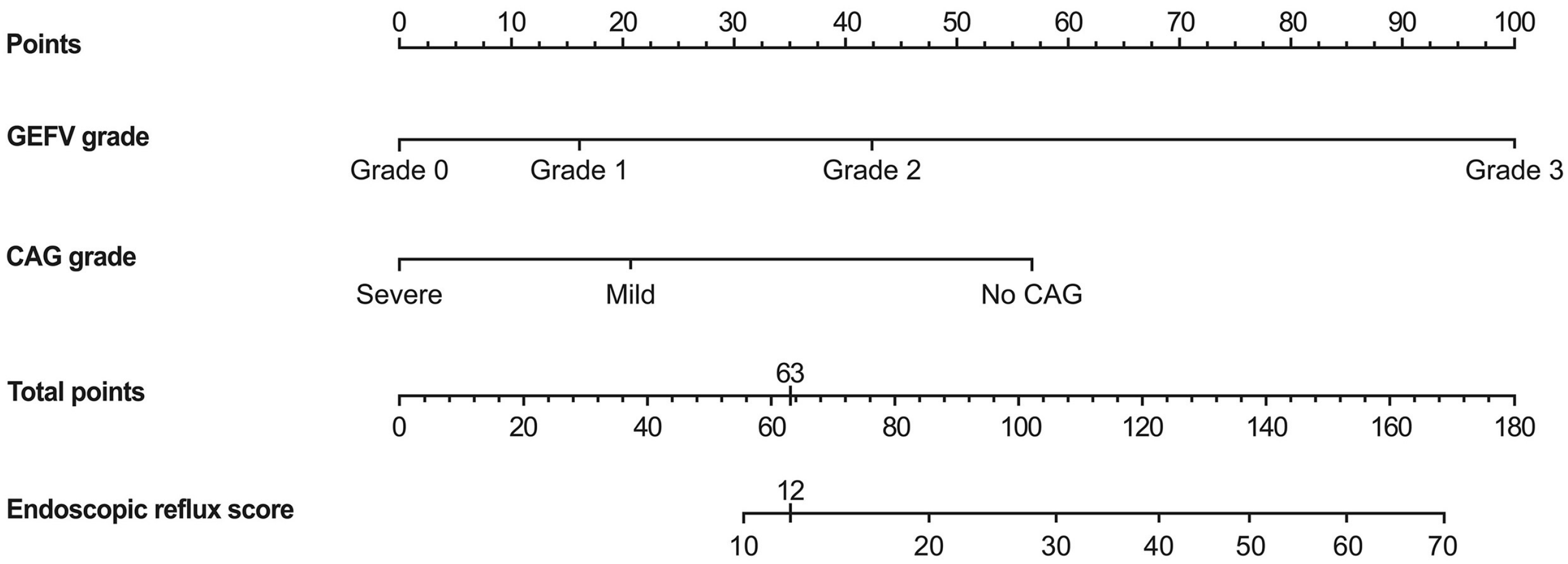3. Kahrilas PJ, Boeckxstaens G, Smout AJ. 2013; Management of the patient with incomplete response to PPI therapy. Best Pract Res Clin Gastroenterol. 27:401–414. DOI:
10.1016/j.bpg.2013.06.005. PMID:
23998978. PMCID:
PMC3761380.

4. Herregods TV, Bredenoord AJ, Smout AJ. 2015; Pathophysiology of gastroesophageal reflux disease: new understanding in a new era. Neurogastroenterol Motil. 27:1202–1213. DOI:
10.1111/nmo.12611. PMID:
26053301.

5. van Herwaarden MA, Samsom M, Smout AJ. 2000; Excess gastroesophageal reflux in patients with hiatus hernia is caused by mechanisms other than transient LES relaxations. Gastroenterology. 119:1439–1446. DOI:
10.1053/gast.2000.20191. PMID:
11113064.

6. Dodds WJ, Dent J, Hogan WJ, et al. 1982; Mechanisms of gastroesophageal reflux in patients with reflux esophagitis. N Engl J Med. 307:1547–1552. DOI:
10.1056/NEJM198212163072503. PMID:
7144836.

8. Curcic J, Roy S, Schwizer A, et al. 2014; Abnormal structure and function of the esophagogastric junction and proximal stomach in gastroesophageal reflux disease. Am J Gastroenterol. 109:658–667. DOI:
10.1038/ajg.2014.25. PMID:
24589669.

10. Kim GH, Song GA, Kim TO, et al. 2008; Endoscopic grading of gastroesophageal flap valve and atrophic gastritis is helpful to predict gastroesophageal reflux. J Gastroenterol Hepatol. 23:208–214. DOI:
10.1111/j.1440-1746.2007.05038.x. PMID:
18289353.

11. Cheong JH, Kim GH, Lee BE, et al. 2011; Endoscopic grading of gastroesophageal flap valve helps predict proton pump inhibitor response in patients with gastroesophageal reflux disease. Scand J Gastroenterol. 46:789–796. DOI:
10.3109/00365521.2011.579154. PMID:
21615222.

13. Koch OO, Spaun G, Antoniou SA, et al. 2013; Endoscopic grading of the gastroesophageal flap valve is correlated with reflux activity and can predict the size of the esophageal hiatus in patients with gastroesophageal reflux disease. Surg Endosc. 27:4590–4595. DOI:
10.1007/s00464-013-3071-8. PMID:
23846367.

14. Patti MG, Goldberg HI, Arcerito M, Bortolasi L, Tong J, Way LW. 1996; Hiatal hernia size affects lower esophageal sphincter function, esophageal acid exposure, and the degree of mucosal injury. Am J Surg. 171:182–186. DOI:
10.1016/S0002-9610(99)80096-8. PMID:
8554137.

15. Kim DH, Kim GH, Kim JY, et al. 2007; Endoscopic grading of atrophic gastritis is inversely associated with gastroesophageal reflux and gastropharyngeal reflux. Korean J Intern Med. 22:231–236. DOI:
10.3904/kjim.2007.22.4.231. PMID:
18309680. PMCID:
PMC2687671.

16. Kimura K, Satoh K, Ido K, Taniguchi Y, Takimoto T, Takemoto T. 1996; Gastritis in the Japanese stomach. Scand J Gastroenterol Suppl. 214:17–23. DOI:
10.3109/00365529609094509. PMID:
8722400.

17. Sharma P, Dent J, Armstrong D, et al. 2006; The development and validation of an endoscopic grading system for Barrett's esophagus: the Prague C & M criteria. Gastroenterology. 131:1392–1399. DOI:
10.1053/j.gastro.2006.08.032. PMID:
17101315.
18. Shay S, Tutuian R, Sifrim D, et al. 2004; Twenty-four hour ambulatory simultaneous impedance and pH monitoring: a multicenter report of normal values from 60 healthy volunteers. Am J Gastroenterol. 99:1037–1043. DOI:
10.1111/j.1572-0241.2004.04172.x. PMID:
15180722.

19. Kayaoglu HA. 2013; Correlation of the gastroesophageal flap valve grade with the surgery rate in patients with gastroesophageal reflux disease. Surg Endosc. 27:801–807. DOI:
10.1007/s00464-012-2515-x. PMID:
23052497.

20. Lin BR, Wong JM, Chang MC, et al. 2006; Abnormal gastroesophageal flap valve is highly associated with gastroesophageal reflux disease among subjects undergoing routine endoscopy in Taiwan. J Gastroenterol Hepatol. 21:556–562. DOI:
10.1111/j.1440-1746.2005.04003.x. PMID:
16638098.

21. Hill LD, Kozarek RA, Kraemer SJ, et al. 1996; The gastroesophageal flap valve: in vitro and in vivo observations. Gastrointest Endosc. 44:541–547. DOI:
10.1016/S0016-5107(96)70006-8. PMID:
8934159.

22. Xia HH, Talley NJ. 1998; Helicobacter pylori infection, reflux esophagitis, and atrophic gastritis: an unexplored triangle. Am J Gastroenterol. 93:394–400. DOI:
10.1111/j.1572-0241.1998.00394.x. PMID:
9517647.

23. Koike T, Ohara S, Sekine H, et al. 1999; Helicobacter pylori infection inhibits reflux esophagitis by inducing atrophic gastritis. Am J Gastroenterol. 94:3468–3472. DOI:
10.1111/j.1572-0241.1999.01593.x. PMID:
10606305.

24. Koike T, Ohara S, Sekine H, et al. 2001; Helicobacter pylori infection prevents erosive reflux oesophagitis by decreasing gastric acid secretion. Gut. 49:330–334. DOI:
10.1136/gut.49.3.330. PMID:
11511552. PMCID:
PMC1728422.

25. Fujiwara Y, Higuchi K, Shiba M, et al. 2003; Association between gastroesophageal flap valve, reflux esophagitis, Barrett's epithelium, and atrophic gastritis assessed by endoscopy in Japanese patients. J Gastroenterol. 38:533–539. DOI:
10.1007/s00535-002-1100-9. PMID:
12825128.

26. Ott DJ, Gelfand DW, Wu WC, Castell DO. 1984; Esophagogastric region and its rings. AJR Am J Roentgenol. 142:281–287. DOI:
10.2214/ajr.142.2.281. PMID:
6364745.

27. Sloan S, Rademaker AW, Kahrilas PJ. 1992; Determinants of gastroesophageal junction incompetence: hiatal hernia, lower esophageal sphincter, or both? Ann Intern Med. 117:977–982. DOI:
10.7326/0003-4819-117-12-977. PMID:
1443984.

28. Savarino E, Zentilin P, Savarino V. 2013; NERD: an umbrella term including heterogeneous subpopulations. Nat Rev Gastroenterol Hepatol. 10:371–380. DOI:
10.1038/nrgastro.2013.50. PMID:
23528345.

29. Masiak W, Wallner G, Wallner J, Pedowski T, Solecki M. 2011; Combined esophageal multichannel intraluminal impedance and pH monitoring (MII -pH) in the diagnostics and treatment of gastroesophageal reflux disease and its complications. Pol Przegl Chir. 83:488–496. DOI:
10.2478/v10035-011-0076-7. PMID:
22166737.

30. Khan MQ, Alaraj A, Alsohaibani F, Al-Kahtani K, Jbarah S, Al-Ashgar H. 2014; Diagnostic utility of impedance-pH monitoring in refractory non-erosive reflux disease. J Neurogastroenterol Motil. 20:497–505. DOI:
10.5056/jnm14038. PMID:
25273120. PMCID:
PMC4204403.

32. Shi Y, Tan N, Zhang N, et al. 2016; Predictors of proton pump inhibitor failure in non-erosive reflux disease: a study with impedance-pH monitoring and high-resolution manometry. Neurogastroenterol Motil. 28:674–679. DOI:
10.1111/nmo.12763. PMID:
26768192.









 PDF
PDF Citation
Citation Print
Print




 XML Download
XML Download